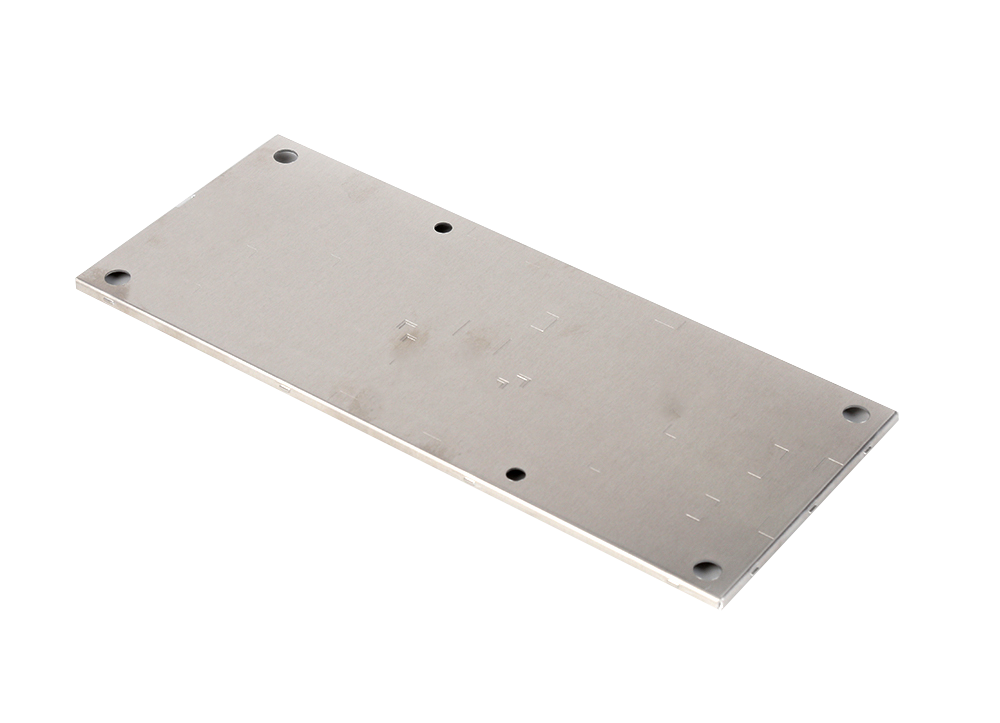Time:2023-08-23 Preview:
CNC machining/precision machining is a process of using machining machinery to change the overall dimensions or performance of a workpiece. According to the temperature state of the workpiece being processed, it can be divided into cold processing and hot processing. Generally processed at room temperature without causing chemical or phase changes to the workpiece, it is called cold processing.
Generally, processing above or below room temperature can cause chemical or phase changes in the workpiece, which is called hot processing. Cold processing can be divided into cutting and pressure processing according to the differences in processing methods. Hot working commonly includes heat treatment, forging, casting, and welding.
The company has advanced processing and testing equipment such as CNC machining centers, medical parts processing, 5-axis parts processing, CNC precision parts processing, precision mechanical processing, stainless steel parts processing factories, semiconductor parts processing, and has passed ISO9001:2015 certification. We specialize in providing customers with CNC machining, mechanical parts processing, non-standard parts processing, CNC lathe processing, fixture, fixture design and production, etc.
With the increasing level of economy and survival, the number of cars has also skyrocketed. When we saw so many cars, we couldn't help but realize the huge production behind the scenes of the manufacturers. Undoubtedly, China's mold industry has led the development of the automotive industry. So, what is the impact of molds on automotive production, and what are the requirements of the automotive industry for mold industry.
The benefits of using molds lie in reducing costs, saving time, improving production efficiency, and enabling enterprises to remain invincible in today's fiercely competitive environment. However, nowadays, molds are still used in car manufacturing for plastic components, car lights, steel plate shells, and other accessories. The real car heart mobilization machine still adopts cutting techniques, and has never adopted mold techniques.

Unless the mobilization machine cannot adopt the mold technique, the crankshaft used in automobiles cannot also adopt this technique. What is the reason? We all know that components that adopt mold forming techniques have a certain habit, and they themselves require measurement of thinness, as well as a certain degree of molding. Components with thickness and diameter, such as crankshafts and connecting rods, are difficult to measure using molds for stamping. The most commonly adopted method today is to first use molds to make the rough parts of the crankshaft, and then use cutting for precision machining.
When the demand for machining accuracy is high, molds often have more than enough heart and less strength. The precision achieved by today's very fine molds is roughly within the range of 0.1 to 0.01 millimeters, which is a significant improvement compared to previous molds. However, components such as mobilization machines require accuracy below one thousandth of a millimeter or even smaller. Therefore, it is not yet possible to completely replace cutting processing with molds.
The glossiness and roughness of molds have greatly improved today. However, the mold itself is also made by a machine tool, and if the accuracy of the machine tool used to make the mold itself cannot pass the standard, the accuracy of the product produced will inevitably not be high. Therefore, mold experts believe that adopting excellent mold skills is an inevitable trend in the current fierce competition, and the need to enhance the competitiveness of molds to adapt to the market is even more crucial. The actual high precision of raising molds is a request for the development of the mold industry, as well as a heartfelt desire for automobiles and other industries.
 Related News
Related News·Features and operating procedures of CNC ·How to maintain the electrical system of a 15 meter single arm CNC drilling machine ·Method for Rust Removal in CNC Parts Processing ·The Engine of Intelligent Manufacturing with CNC Technology ·The overall requirements and processes of precision hardware processing cylindrical surface appearan ·Decarburization during heating in CNC stainless steel processing ·What are the main points of the production of precision parts ·CNC repair ·What are the characteristics of precision parts processing ·Precision Hardware Processing Factory Data Analysis of the Industry of Industry


